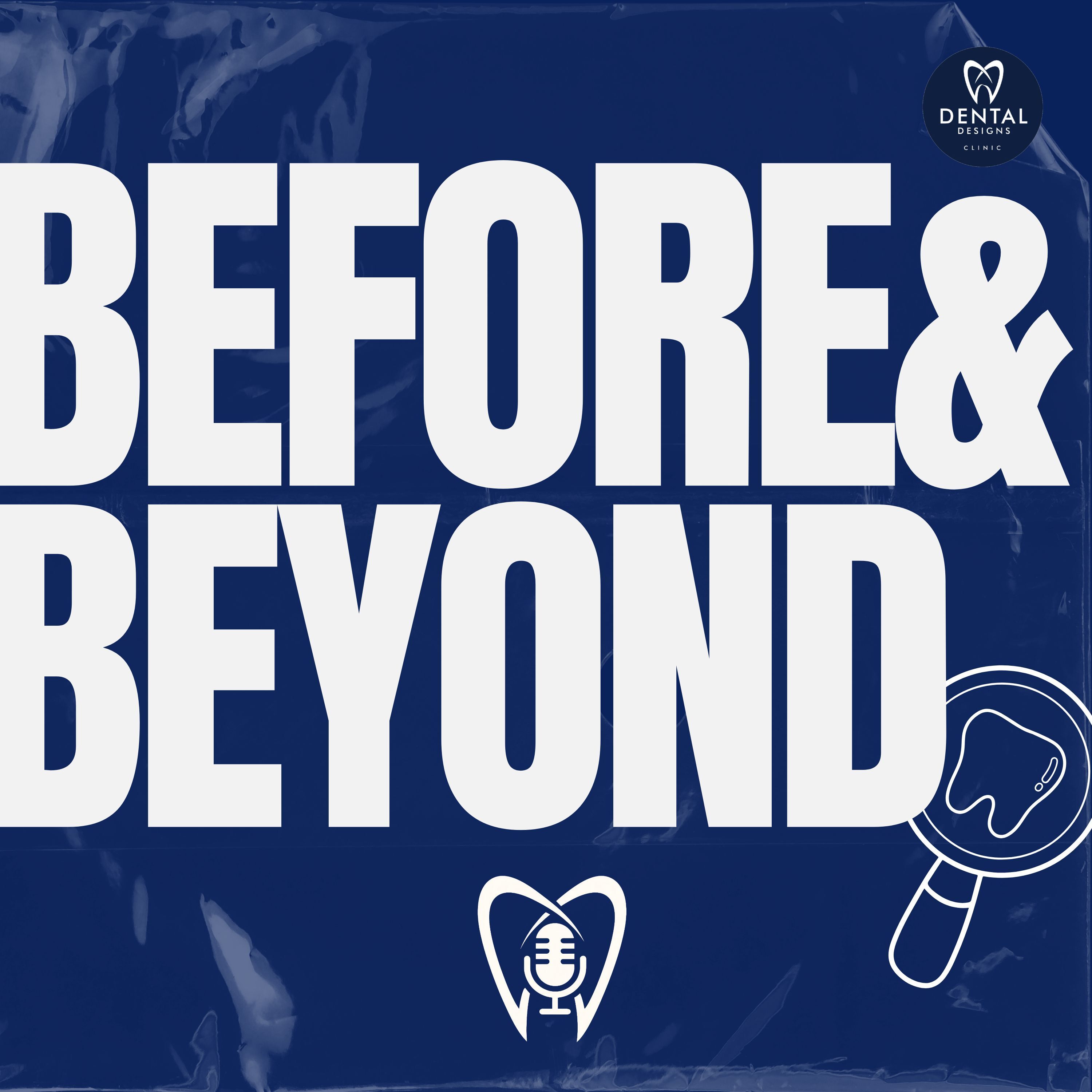About The Video
Tooth erosion can sneak up over time, especially as we age. In this episode, Dr Bernard Siew looks at a real-life case of a woman in her 50s experiencing visible wear on her teeth. Using visuals, he shows how erosion can expose dentine, the sensitive layer beneath your enamel, and why this needs prompt attention.
Dr Bernard also talks through practical treatment options. From using composite or ceramic materials to seal vulnerable areas, to restoring worn or cracked teeth before serious damage sets in, the focus is always on preserving as much natural tooth as possible. This episode helps viewers understand what early erosion looks like and encourages timely visits to the dentist to prevent bigger problems down the track.
Tooth erosion is the gradual wearing away of the outer enamel, often due to acid exposure from diet, reflux, or other factors. Once the enamel thins, the softer inner layer, called dentin, becomes exposed. This layer wears down much faster and can make teeth more sensitive, prone to cracking, and at risk of further damage.
In this episode, Dr Bernard Siew explains how to identify signs of erosion, such as patches of orange showing through your teeth (which is exposed dentine). If left untreated, this condition can lead to tooth breakdown and even tooth loss. However, the good news is that there are conservative ways to treat it. Dr Bernard discusses options like sealing the affected areas with tooth-coloured composite resin or using ceramic restorations to protect and strengthen the teeth. The key message is: early detection and treatment can save your smile and avoid more complex dental work later on.



.png)
-1.png)
-1.png)
.png)